Exercise and Keep Moving Promotes Healthy Living
Training is physical activity to improve or maintain the performance of the body or individual organs. Exercise may be in a form of targeted exercise and not just sports. This will result in an improvement in organ functions, performance, and metabolism. But other risk factors such as blood pressure, body fat, or bone density are also positively influenced.
Major health effects of exercise:
Physical activity, in addition to nutrition, makes a decisive contribution to ensuring that the energy balance remains or is balanced. Consumption of energy is just natural with physical activity in addition to the basal metabolic rate.
Exercise can be more beneficial on health if it is strenuous to a certain extent and physical exertion is the only means to maintain and improve performance. Best effects can be achieved with targeted regular training that corresponds to physical condition.
Biological or physiological principles are the factors that determine the effects of physical activity. These are known as training principles. They are the basis for effective training.
Movement
Movement is any activity of the skeletal muscles that leads to higher energy consumption than at rest. Movement is physical activity and is created by contracting or tensing the muscles. Depending on the situation, the muscle is active with or without a movement effect. People are endowed with certain physical and mental abilities. These enable us to lead an active life and perform well. For example, we can walk many kilometers, run fast, lift heavy weights, throw a ball, work with tools, make music, paint an expressive picture or operate a computer.
Different types of movements
- Endurance exercise
- Force loads
- Bone-strengthening movement
- Coordination exercises
- Mobility exercises
The innate movement abilities develop through growth, but also constantly learning and practice. So, as long as we are alive, they can change or remain the same at a certain level. Because personal performance depends from childhood to old age on how we strain our body and thus train our physical abilities.
Motor skills for movement
Strength and endurance are basic conditional skills and largely determine a person's performance, biological age, and health. Endurance is the ability of muscle cells to resynthesize depleted adenosine triphosphate, a vital concentrate of energy. The more oxygen that can be used to provide energy, the better the endurance. The better this ability is developed, the longer a certain service can be achieved. Endurance can also be referred to as the resistance to fatigue or the ability to recover. Strength is the prerequisite for any other motor skill, that is, for any kind of movement.
Skill refers to the ability to control and coordinate movements under the control of the brain. It is also known as the coordinative ability. These include the ability to balance, react, or rhythm. Above all, dexterity is improved by learning and practicing movement sequences. The training of dexterity and strength helps, especially in old age, to avoid falls.
Speed is the ability to perform a movement with high acceleration. It depends on both strength and coordination skills. Special speed training is only necessary for high-performance sporting goals.
Mobility or flexibility describes the range of motion of the joints and the flexibility of the muscles. With good mobility the range of motion of the joints is large. Targeted stretching prevents muscle shortening, which can result from training, but also underloading individual muscles.
Various physical and coordinative abilities play together in many movement sequences. This enables everyday movements to be carried out, such as those necessary for work or for coping with daily routines.
Importance of exercise and sports
Regular exercise has a positive effect on health. Many people are not very physically active and spend their everyday lives mainly sedentary. The most important step is going from physically inactive to a little physically active. A healthy amount of exercise can be achieved through various physical activities.
The general rule is, long periods of sitting should be avoided or repeatedly interrupted by movement.
The daily basic activities include hardly any strenuous movements, like physical activities with low intensity. This includes activities such as standing, walking slowly, walking downstairs, or carrying light loads. People who only perform basic everyday activities are referred to as physically inactive.
Health-promoting physical activities have a higher energy consumption than basic activities. All forms of exercise that improve health and where the risk of injury is low are referred to as health-enhancing physical activity. Active mobility such as brisk walking, cycling, dancing, gardening such as raking leaves, but also many sports.
Sports training is a planned, goal-oriented movement and follows special requirements, the training principles. In competitive sports, special motor skills are specifically trained, for example, long-term or sprint endurance, high-speed strength, maximum strength, etc. Since physical training improves body functions, this is also a health-enhancing physical activity if the risk of injury does not increase as a result.
Originally posted here: https://hive.blog/hive-101690/@yohann/exercise-and-keep-moving-promotes-healthy-living
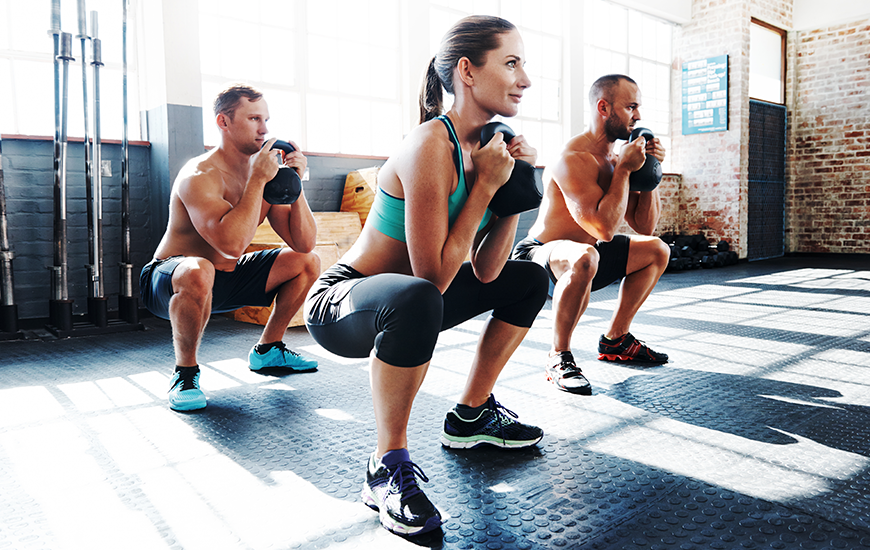
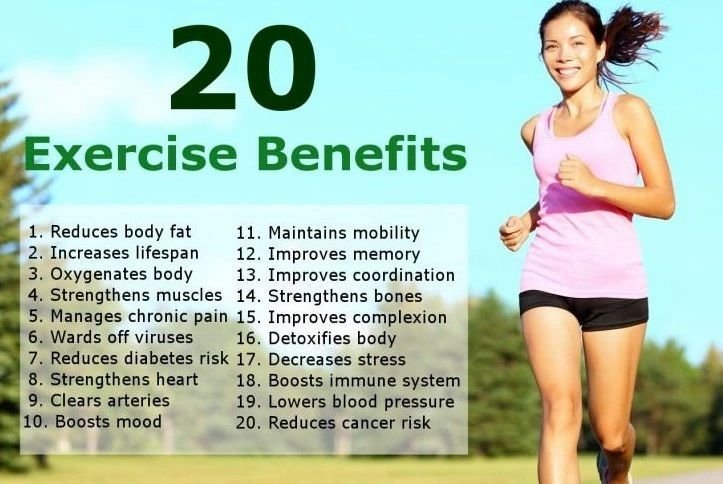
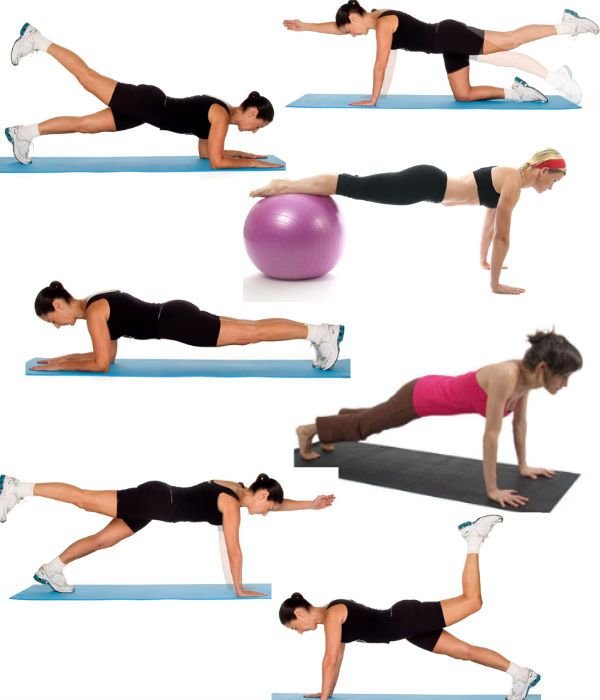
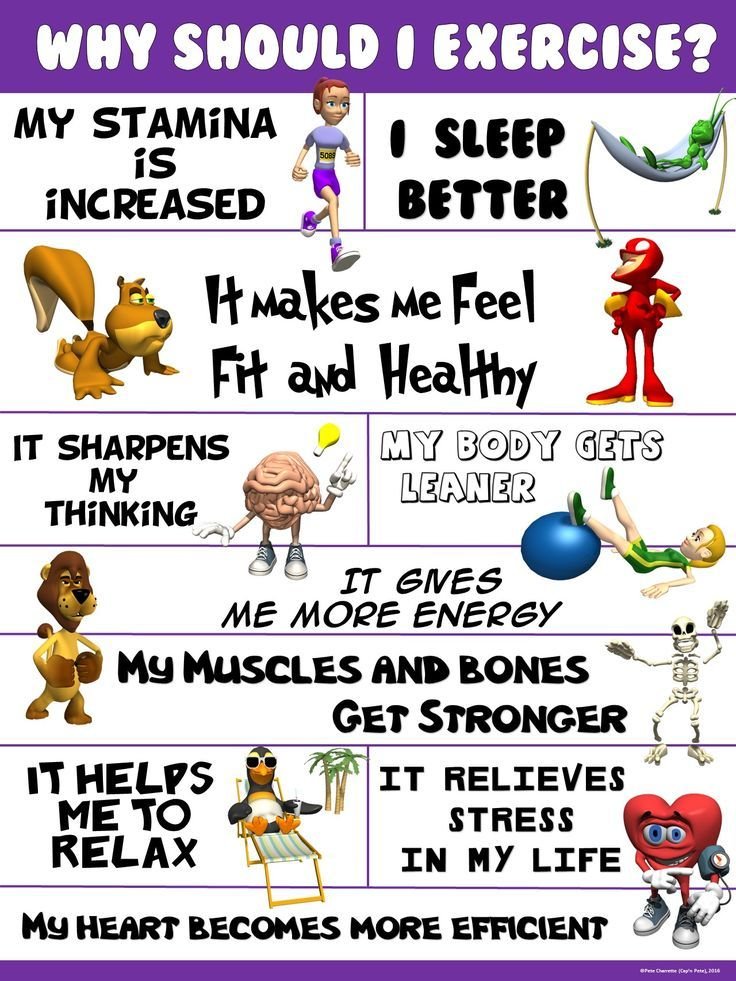
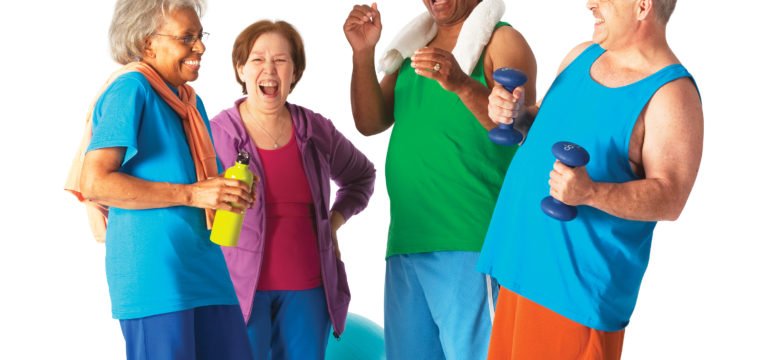

No comments:
Post a Comment